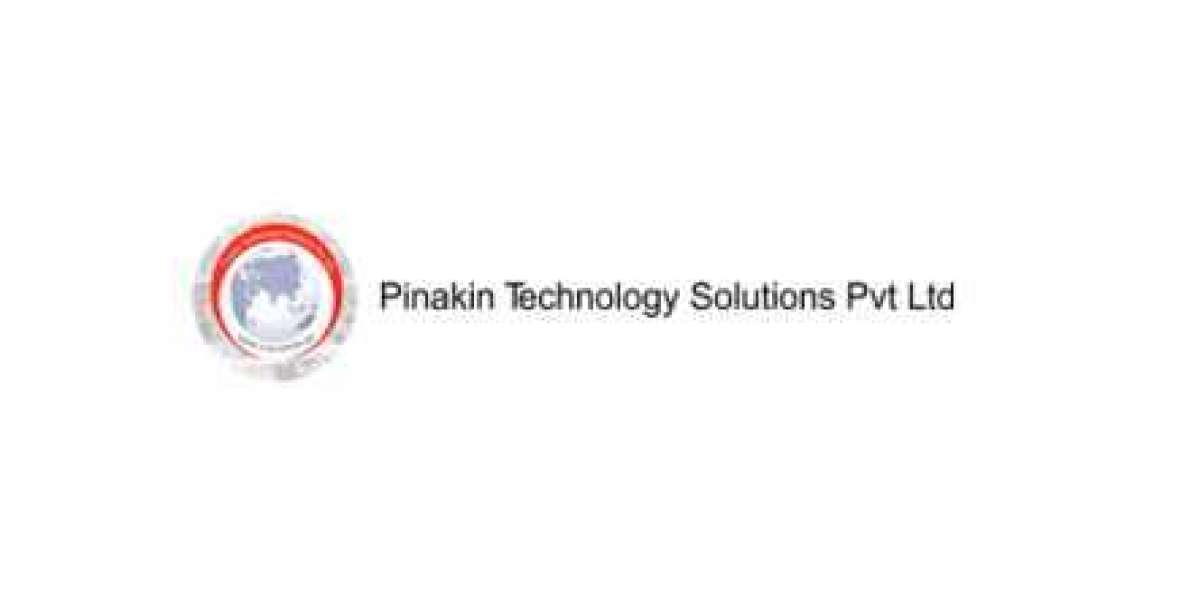Clearing the Air: A Deep Dive into Wet Electrostatic Precipitators (WESP)
Introduction:
Wet Electrostatic Precipitator is used as a final polishing device in an air pollution control system to control sub-micron particles, tars, condensable and acid mist, when an upstream dry ESP, fabric filter or wet scrubber cannot collect the sub-micron particulates because of their small size.
Pinakin Technology Solution Wet Electrostatic Precipitator (Wet ESP) technology is getting popularity because of its capability to capture sub-micron particulate with condensed acid mist as compared to other dry separation technology such as Bag Filter Dry ESP. This is attributed to the fact that, across the world, there is an increased demand in reduction of respirable particulate and aerosols due to emissions of different industrial processes. Pinakin Technology Solution is one of the suppliers, manufacturers, and exporters of wet electrostatic precipitator in India. We offer the lowest prices on most sophisticated wet type electrostatic precipitators in the globe.

An Electrostatic Precipitator (ESP) is a filtration device that employs the power of an induced electrostatic charge to capture small particles of moving gases such as dust and smoke with a very minimal hindrance to the flow. The ESP is highly effective in energy consumption owing to the fact that it does not apply energy on the particulate matter being collected as is with wet scrubbers. This is unlike in the wet scrubbers where the energy is directly imposed to the flowing fluid medium.
We are the Manufacturers, Suppliers and Exporters of Electrostatic Precipitators in Ahmedabad, Gujarat, India. It passes through a mechanical filter before getting into the precipitator, which collects larger particles. The air is released to a high electrostatic field after it has been passed through an ioniser. The particles of smoke and oil mist are all charged electrically. The metal plates with opposite electric charge are the collecting cell of these charged particles. An after filter is used to increase air flow through the collecting cell and captures any clumped objects which would blow off the cell. An unusual feature is a special high voltage power pack called ESP.
Here are some key Features of Wet Electrostatic Precipitator (WESP):
- High Collection Efficiency: Wet electrostatic precipitators can collect very fine particulate matter such as submicron sized particles, aerosols and acid mists with a collection efficiency usually greater than 99 percent. This especially makes them fit to be used in applications that have tight emission requirements.
- Wet Operation Mechanism: WESPs make use of a steady film of liquid, usually water, to clean the collecting surfaces. This eliminates the possibility of re-entrainment of particles and keeps operational cleanliness high particularly with sticky, corrosive or hygroscopic materials.
- Corrosion-Resistant Construction: The systems are usually fabricated using corrosion resistant materials like, fiberglass-reinforced plastic (FRP), titanium or stainless steel. This ensures long life and service in corrosive, or acidic gas streams.
- Compatibility with Humid or Saturated Gas Streams: WESPs are most appropriate when treating saturated, or high humidity gas streams. They are typically fired following wet scrubbers or quench systems, as well as being able to operate in the conditions where the efficiency of dry filtration systems may be affected.
- Low Pressure Drop: WESPs are developed to work with low pressure drop, which lowers the power demand of induced draft fans and leads to the all-out system efficiency.
- No Need for Secondary Dust Handling: Particulars are collected in a liquid phase and consequently drained away as slurry or wastewater thus dry dust handling equipment is not required. This makes system design simple and eliminates the possibility of dust re-entrainment.
- Low Maintenance Requirements: The control of the collector surfaces by rinsing continuously limits the deposits of particulate matter and consequently limit the necessity of a manual cleaning or checking. Also WESPs generally contain fewer moving parts than mechanical collectors.
- Effective for Hazardous and Fine Pollutants: WESPs have found use especially in capturing hazardous air pollutants like heavy metals, sulfuric acid mist and fine organic compounds such as dioxins and furans. This is what makes them applicable in industries like waste incineration, metallurgy and chemical processing.
- Operation at Lower Gas Temperatures: These are systems which normally run at ambient or somewhat higher temperatures. This enables them to be applied in applications that already have gas cooling in the process flow.
- Customizable Design: WESPs are designed in many different ways (vertical or horizontal) and can be customized to fit particular industrial needs regarding the capacity, gas volume and pollutant load.
Conclusion:
The Wet Electrostatic Precipitator (WESP) is an extremely efficient air pollution control device, which is introduced to capture fine particulate matter, acid mists, heavy metals and dangerous aerosols in industrial gas streams. Its capability to perform effectively in high humidity or saturated atmosphere coupled with its low maintenance need and high collection efficiency offers it great usefulness in industries where typical dry filtration systems have previously been inadequate. The WESP with its corrosion-resistant design and flexibility to most any application is a key component in assuring protection of the environment and air quality. With environmental regulations becoming stricter than ever, enhanced technologies such as the WESP can only become more and more prominent in usage in numerous industries.











